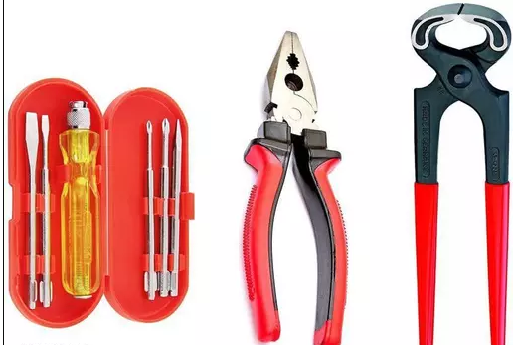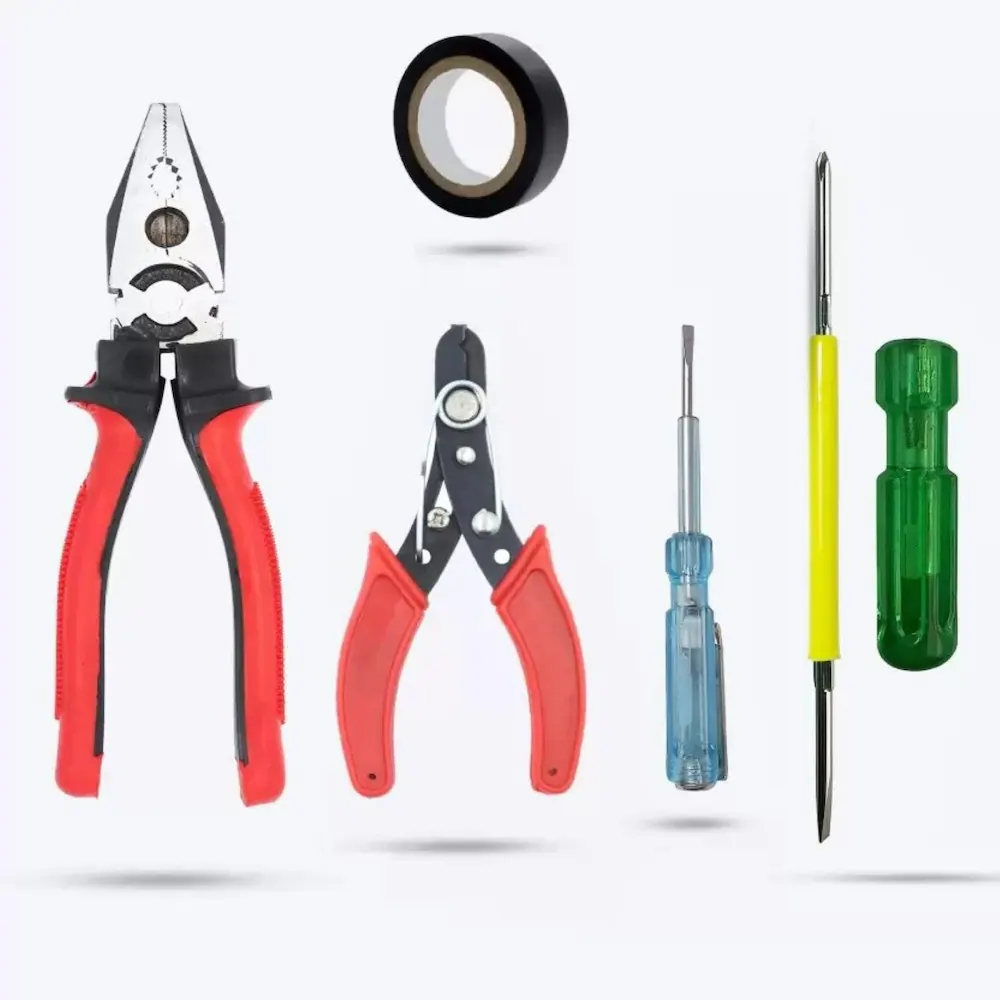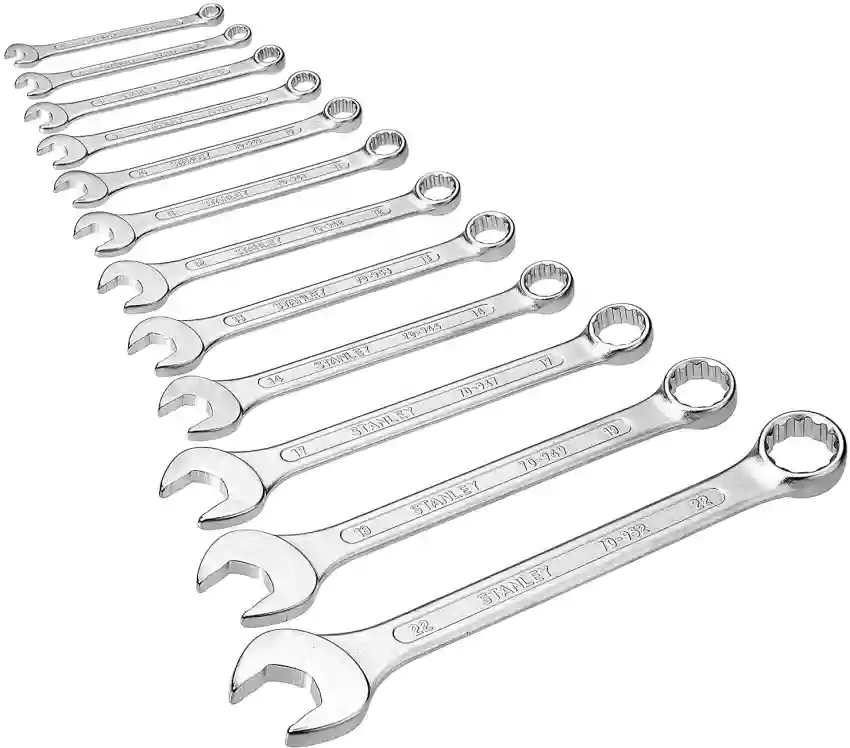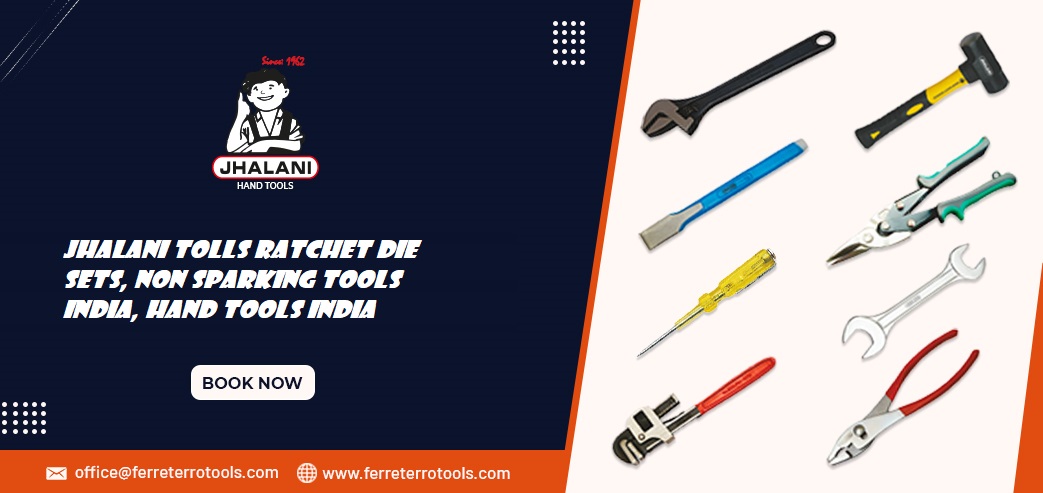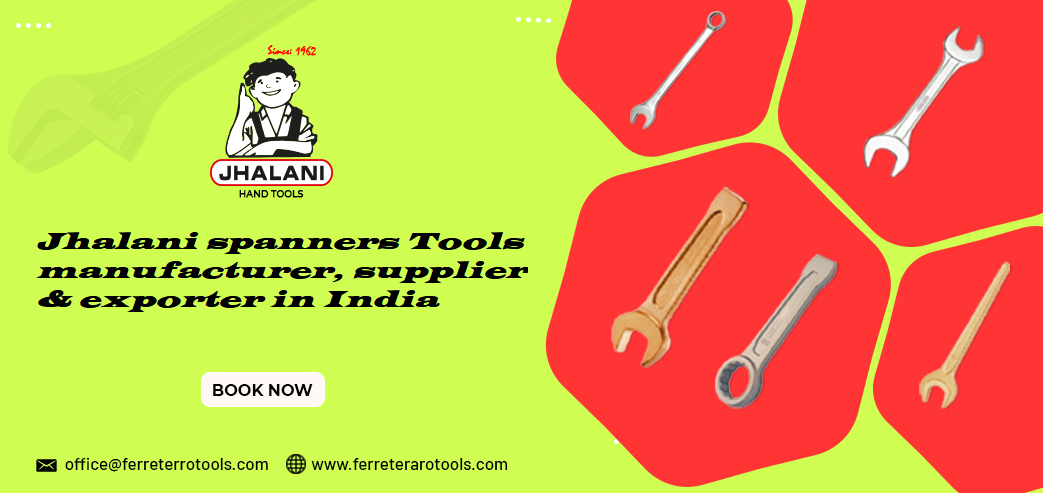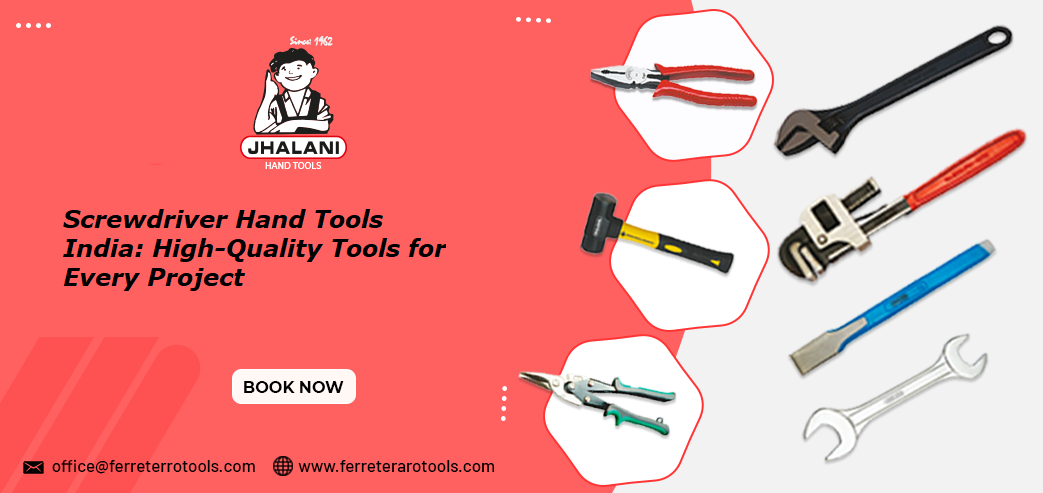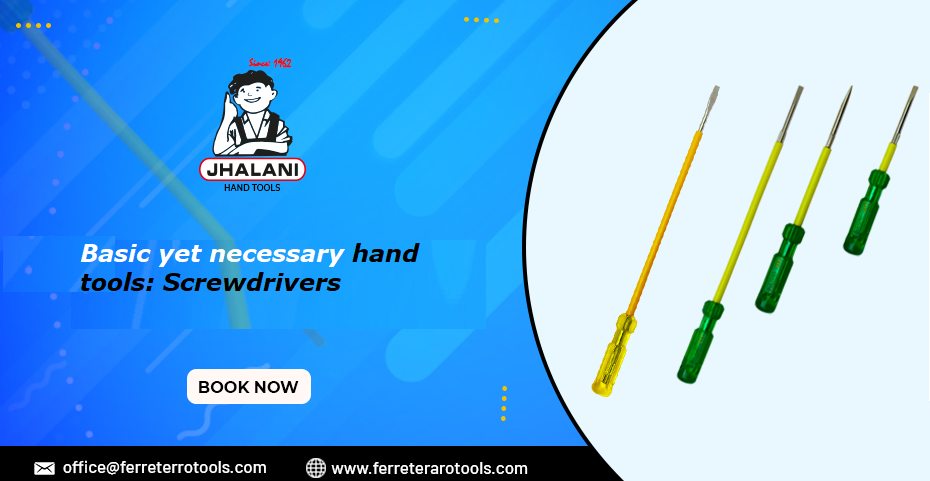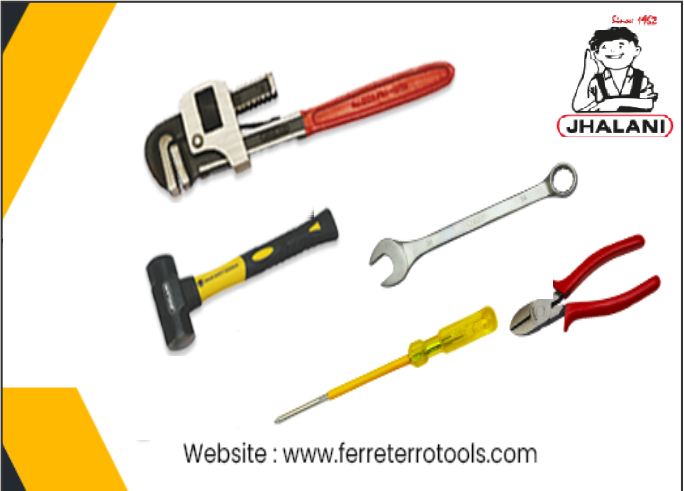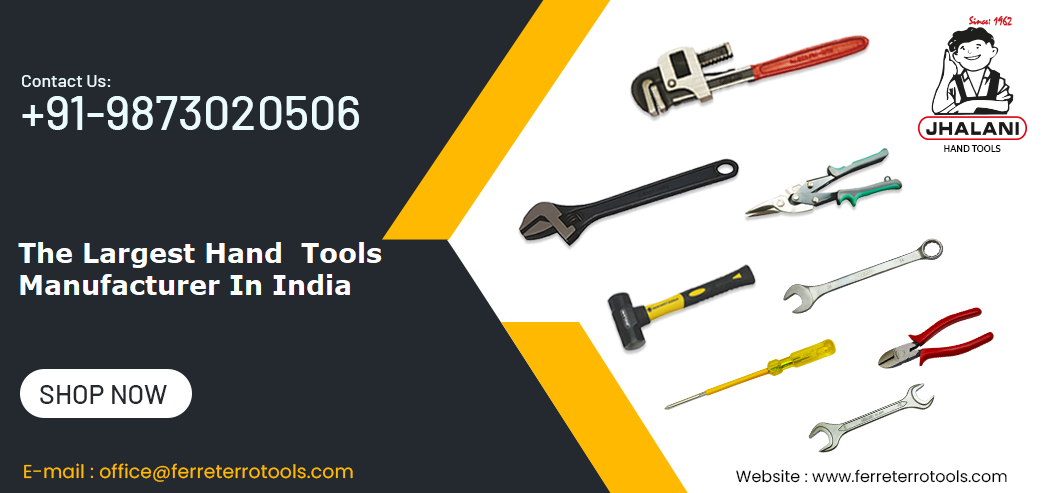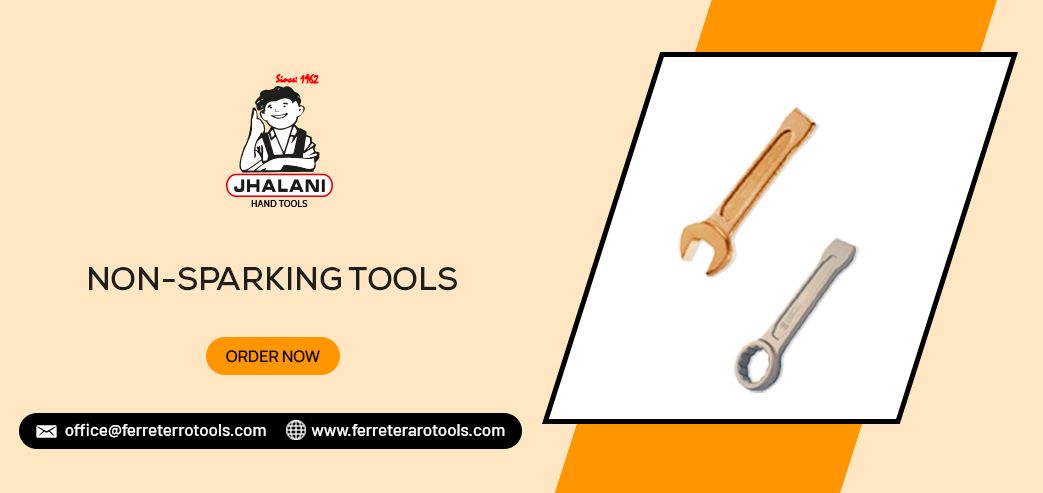14 Mar 2023
Non-Sparking Tools In India
- Posted by : Jhalani Tools
Tools are important to the human race as they have shaped civilizations and are still in the process of shaping human lives with their usability and importance. Hand tools can be categorised into Sparking and Non-sparking tools. Conventional Steel Tools can generate a spark thus triggering an explosion or a fire which may cause huge damage to lives and property. The use of Non-sparking tools is preferred as these have immense benefits over sparking tools. These are famously known as Safety tools, as they are made up of Non-ferrous (No iron content) metals hence eliminating the risk of injury caused by sparking or ignition.
Non-sparking tools protect the users against any kind of fire or explosion while working in a hazardous environment of flammable gases, vapours or liquids. In the case of confined working spaces, the use of non-sparking tools is highly recommended.
The material used in the manufacturing of Non-sparking tools:
The anti-spark or non-sparking tools are made of non-iron alloys like bronze (Copper and tin), brass(Copper and zinc), alloys of copper-nickel, copper-aluminium, or copper-beryllium. Apart from alloys, non-metals like wood, plastic, and leather can be used to make these tools as they are spark-resistant. These alloys are antimagnetic, non-sparking and very corrosion-resistant hence are a good choice for making safety hand tools.
Before bulk buying the handtools, one thing we always look for is the quality of the handtools. The chemical composition of the material used in the manufacturing, the accuracy of the casting mould in which the molten material is filled to make the hand tools as well the way of heating the moulds is said to determine the quality of the non-sparking tools. Many heavy-duty industries like Oil and petroleum mandate the use of non-sparking tools for the safety of employees and assets.
Sometimes the Non-sparking tools also generate some sparks known as cold sparks but these cold sparks have a very low heat level and do not ignite. Non-metals like wood, leather, and plastic are suitable for some tools like shovels, scrapers or scoops and do not pose a friction spark hazard.
Maintenance of Non-Sparking tools:
- For the longevity of Safety tools, we need to keep them clean and free from ferrous or other contaminants, as they may affect the non-sparking properties of the tools.
- Non-sparking hand tools should not be brought in direct contact with acetylene as the reaction may form explosives like acetylides if there is also the presence of moisture.
- We need to use proper ventilation systems to remove hazardous materials, dust and vapours from the workplace.
- Non-sparking tools will need to be redressed more often.
- All the safety procedures shall be followed when sharpening non-sparking tools such as the provision of eye and face protection, and adequate extraction and dust collection facilities.
List of Non-sparking tools:
The list of non-sparking tools includes hammers, axes, pry bars, chisels, utility knives, mallets, pliers, screwdrivers, sockets and wrenches etc.
Drawbacks of Non-sparking Tools:
Non-sparking tools are made up of non-ferrous materials hence they are softer than standard steel tools which are usually made of high-strength alloy steel. If you are using Non-sparking tools, there should be an appropriate environment as they tend to have more wear and tear than steel alloy tools.

